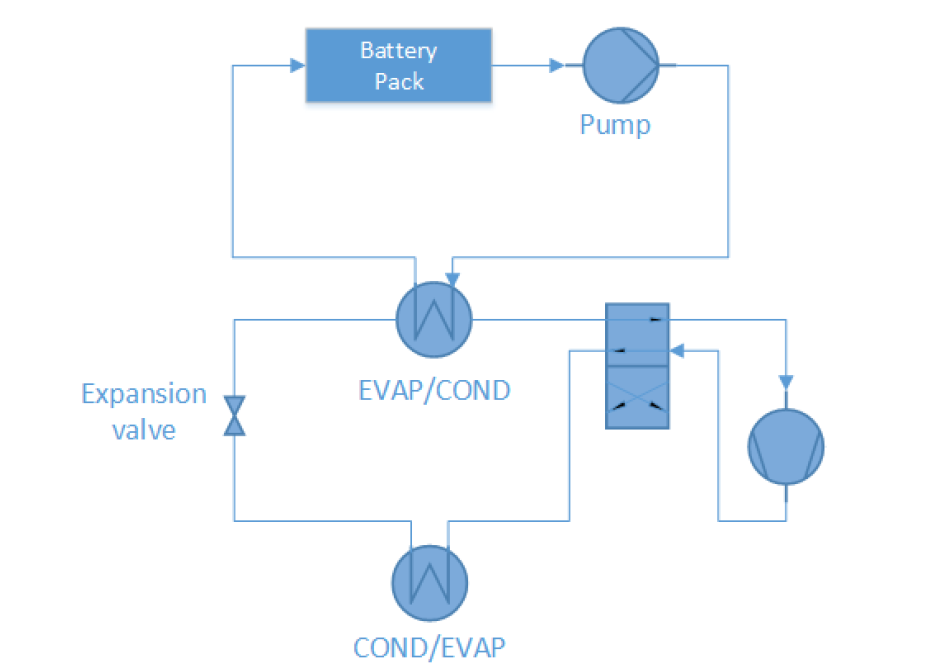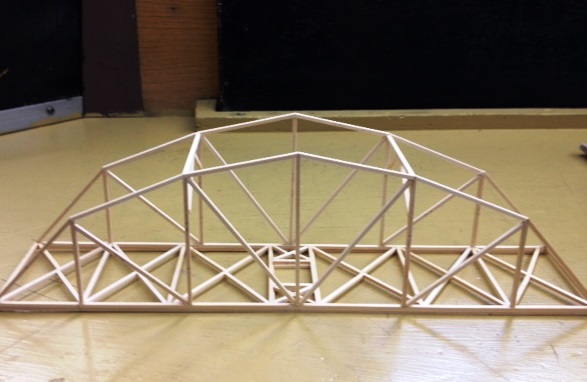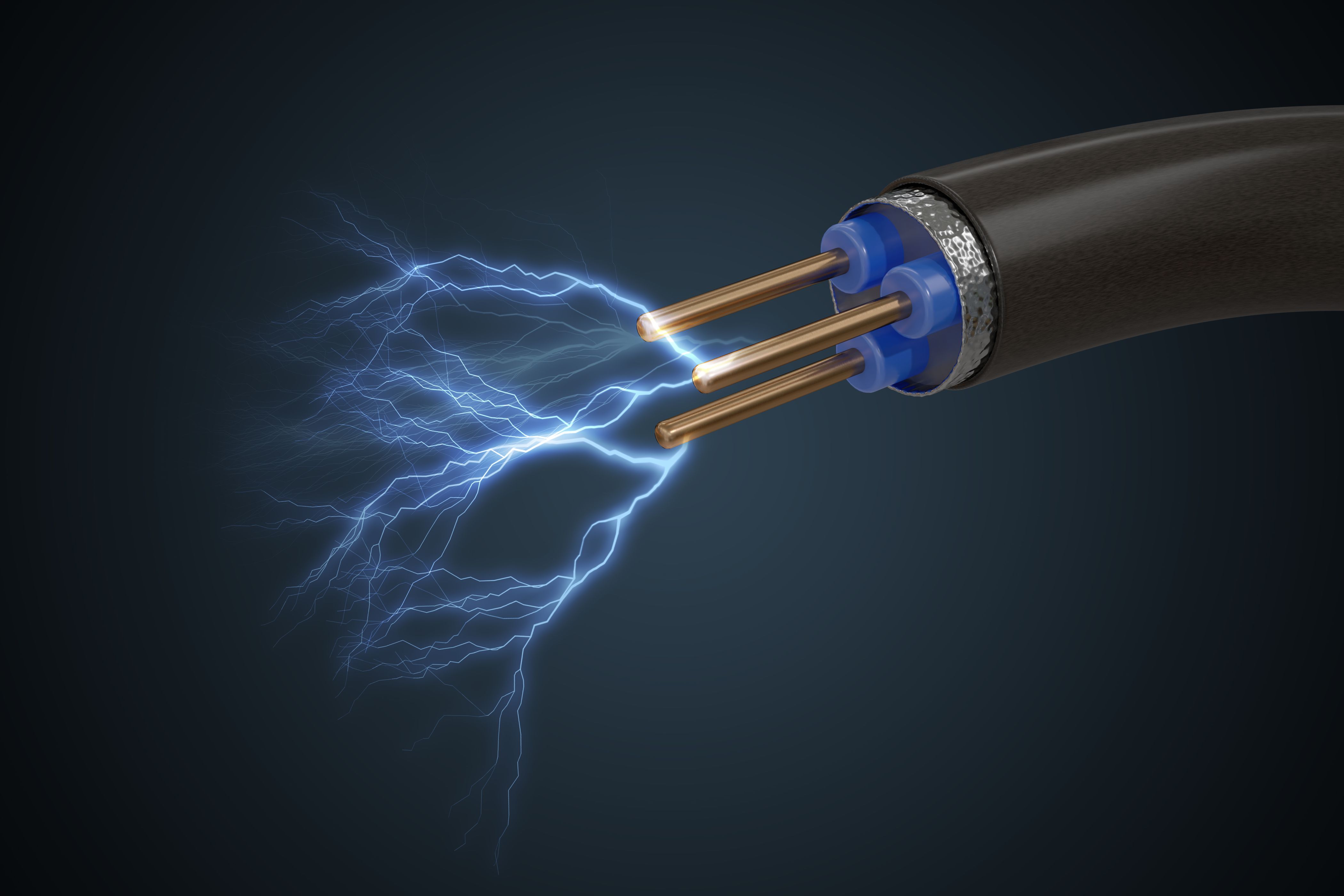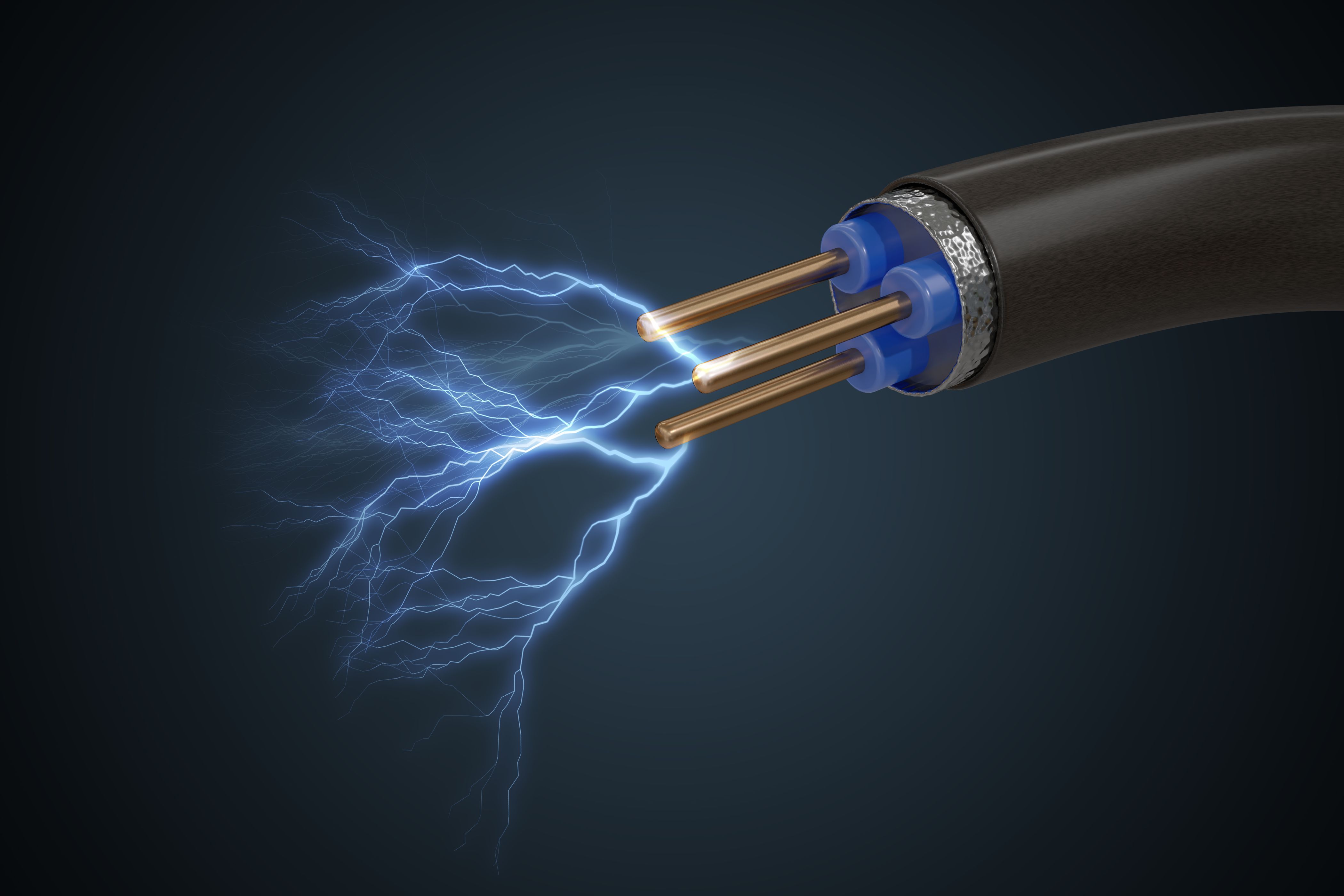Courses by Software
Courses by Semester
Courses by Domain
Tool-focused Courses
Machine learning
POPULAR COURSES
Success Stories
Blog on thermal management technologies for batteries
Aim: Study thermal management techniques for a battery pack. The necessity of thermal management: The ideal working temperature for Li-ion batteries ranges between 20-40 degrees celsius. A Li-ion battery has maximum energy storage capacity and high power output between these temperatures. If the temperature drops below…
Swapnil Kanvinde
updated on 18 Oct 2020
Aim: Study thermal management techniques for a battery pack.
The necessity of thermal management:
The ideal working temperature for Li-ion batteries ranges between 20-40 degrees celsius. A Li-ion battery has maximum energy storage capacity and high power output between these temperatures. If the temperature drops below 20 degrees celsius the process of intercalation of lithium ions goes on decreasing and also the rate of chemical reactions inside a battery decreases. If the battery is discharged at high rates below 20-degree celsius then Lithium ions tend to collect on the surface of electrodes forming a layer. This layer can be uniform and result in lithium metal plating over the electrode. lithium plating decreases the amount of lithium ions available inside the cell and the overall capacity of the battery is reduced permanently. Also, lithium ions tend to form dendrites at low temperatures which can result in a short circuit between anode and cathode and permanently damage the battery or be harmful to the operator. At high temperatures the current collector in the anode (Copper) tens to break and copper ions start to flow towards the cathode. At the cathode, these copper ions form oxides and are deposited there causing permanent (non-reversible) change to the battery. This behavior decreases the capacity of li-ions getting absorbed into the cathode and leads to lithium collecting over the cathode surface. Also, when the copper collector decomposes into copper ions the discharge rate of the battery increases creating a further rise in temperatures. The rise in temperature slowly tends to break the SEI layer around 80 degrees celsius and exposing anode to the electrolyte. Exposed anode starts reacting with electrolyte and gives out hydrocarbon gases which do not react due to the lack of oxygen to burn inside the battery. The reaction between anode and electrolyte is exothermic and further increases the temperature inside the cell.

With the release of harmful gases inside the cell, the pressure inside the battery rises and temperature increases further due to high pressure. A vent can be useful in such a situation to release gases and bring pressure to normal and prevent the future of battery cover. Further increase in temperature around 200 degrees Celsius causes the separator to melt and there are chances of short circuits between anode and cathode which leads to excessive temperature rise. If the temperature increases further the lithium metal oxide breaks and reacts with the electrolyte which generates oxygen. This oxygen reacts with the hydrocarbon gases inside the battery pack and leads to fire.
As explained above to keep the battery operating at maximum efficiency in terms of power and capacity and to prevent damage to the battery cells and the operator the battery pack/cell should be maintained at a safe working range of temperatures at all conditions. To maintain the battery pack between safe range the battery pack needs to be cooled or heated up based on surrounding conditions and battery working conditions.
Below are the three methods in which the battery pack can be maintained in a safe working range.
Insulation:
Proper insulation should be provided to the battery pack such that it does not lose or absorb heat from the surrounding during cold or hot conditions. Insulation can help to prevent a battery pack from being affected by external conditions but during external conditions, insulation has a very low effect and additional heating or cooling is necessary.
Cooling:
While using battery pack at higher charge/discharge rates and in hot temperature areas the battery temperature rises significantly and hence to prevent damage to the battery pack and keep the battery pack between safe working conditions the battery needs to be cooled down. Hence a cooling system can be needed for a battery pack.
Heating:
While using the battery pack at lower temperature regions with heavy temperature drops during winter or in applications with exposure to a lower temperature the battery packs need to be heated up. The battery can generate heat internally if ran at high power which can reduce the performance of the battery pack and cause wastage of energy. During extremely cold temperatures, the battery pack may also need an external heating device to keep the pack temperature between the ideal range.
Further, we will discuss some methods for heating and cooling of the battery pack.
Air cooling/heating:

Air cooling/heating is divided into two parts namely passive and active air cooling.
Passive air cooling is completely based on the outside air/cabin air temperature. A fan or blower is used to suck the air and blow it to the battery pack. The efficiency of this system completely depends on the temperature difference between the cabin/ambient air temperature to the battery pack temperature. If the temperature difference between these two is large then the efficiency of the passive air cooling system will be higher. If the temperature difference between these two is small then the efficiency of the system will be less and in some cases, the system may be ineffective to cool or heat the battery pack.
Active air cooling has an additional system through which the air is passed before the air reaches the battery pack. The additional system is a condenser or an evaporator. If cooling is required then the air is passed through the evaporator and if heating is necessary the air is passed through the condenser. In an active cooling/heating system the exhaust air can be reused with some modifications again as an inlet air and can further improve the efficiency of the complete system. The addition of an evaporator or condenser helps in heating and cooling the battery pack even during extreme conditions. Air thermal systems have high reliability, low cost requires less maintenance but have low performance, can have an inner cell temperature difference of more than 5 Kelvin, nonuniform temperature through battery pack which may lead to thermal runaway and will require more space.
Air has a low density and requires more space. Also, the heat-carrying capacity of air is lower compared to water or refrigerant and hence a liquid cooling system can be used to save space, power, and increase the efficiency of the overall system.
Liquid cooling and heating:

Passive liquid cooling

Active liquid cooling
The liquid thermal system is divided into two parts namely direct contact liquid cooling and indirect contact liquid cooling. The liquid used in direct contact cooling includes dielectric liquids like mineral oils. These liquid are in direct contact with the battery cells and have high efficiency of cooling and heating due to direct contact with the cells. The normal layout for direct contact liquid cooling systems is a complete battery pack submerged in mineral oil. This makes the system complex and does not provide isolation between the battery pack and the liquid. The indirect cooling liquid systems have liquids like a mixture of ethylene glycol and water. These liquids are in indirect contact with the battery cells. The basic layout of indirect contact liquid thermal systems is in the form of jackets, heating/cooling pipe, and plates combined with cooling/heating fins.
Similar to air-based thermal systems the liquid thermal systems also are divided into passive and active cooling. The passive cooling efficiency is solely based on the temperature difference between the battery pack and ambient temperature. The efficiency of the cooling/heating systems also mainly depends on the efficiency of the heat exchange used to cool or heat the exhaust liquid.
Active cooling is similar to passive cooling but consists of two loops. For heating of the battery pack, the heat exchanger in loop 1 acts as a condenser, and the heat exchanger in loop 2 acts as an evaporator while during a cooling operation the upper heat exchanger acts as an evaporator and the lower heat exchanger acts as a condenser. The shifting of heating to cooling or vice versa is achieved with the help of 4-way vale as shown in the figure above.
The liquid cooling/heating system has a better performance compared to air cooling/heating systems. But liquid systems have some issues like high maintenance cost, complex structures, leakage issues.
Direct refrigerant heating/cooling system (DRS):

The working of a Direct refrigerant heating/cooling system is similar to the working of a liquid heating/cooling system. The only difference is the exhaust liquid in a liquid cooling system is cooled with the help of refrigerant and then the cooled liquid is passed to the battery pack. But in the case of a direct refrigerant system, the liquid is not used and a refrigerant is used which prevents the additional heat transfer mechanism at the exhaust. This helps to increase the efficiency of the overall system. The Direct refrigerant system is more expensive compared to the liquid cooling system and will require high maintenance and can also face leakage issues.
Phase Change Materials (PCM):

The above graph shows the behavior of phase change material (PCM) with respect to temperature and its melting point. A phase change material absorbs heat when it is in a solid-state and the temperature of the material goes on increasing. When the material reaches a temperature to its melting point it can store a large amount of heat in the form of latent heat without further increase in temperature. Once the maximum amount of heat is stored at the melting point the material turns into a liquid state and again the temperature goes on increasing. This behavior can be seen in the above plot.
Phase change material can be used in a battery pack to assist the cooling system and can prevent a thermal runaway of the whole battery pack due to the thermal runaway of a single cell. If a single cell goes into thermal runaway the PCM will absorb heat very quickly and remove the heat quickly compared to the heat increase rate inside a cell. PCM keeps the inner cell temperature difference below 0.5 Kelvin and helps to prevent the imbalance between cells due to the temperature effect. The drawback of PCM is that if the ambient temperature is higher than the PCM melting temperature then the PCM will release the heat to the battery module and hence PCM ar more suitable for cold regions and space applications. This drawback of PCM can be overcome by combining a PCM system with an additional liquid cooling system that would keep external temperatures lower than PCM melting temperatures. PCM systems are reliable, need less maintenance, have high efficiency, no moving parts, less noise, less vibration, even temperatures within cells, and high durability.
Thermo-electric module:

Thermoelectric modules work on the principle that by changing the voltage the temperature difference can be changed. Thermoelectric modules are more suitable when the system needs to change between heating and cooling more frequently. These do not have any moving parts and just by changing the polarity of the system the mode from heating to cooling can be changed very easily and quickly. Since this system does not have any moving parts it does not produce nice or vibrations. The system needs an external source of supply and consumes energy. The efficiency of the system also depends on the difference between the temperature of the battery pack and the ambient temperature. This needs to be combined with additional cooling or heating system in extreme temperatures.
Heat pipe:

Heat pipe systems are better than thermoelectric systems since they do not need any external electric supply but due to their structure, they can do cooling and not heating. Heat pipes have water vapors inside it and the water vapor is at vacuum-sealed pressure. Due to very low pressure, the water is evaporated very quickly into vapors. Vapors carry heat and travel to the other side where a condenser or an evaporator carries out heat to the surrounding. Since the working medium is water vapor there is no vibration or noise in the use of heat pipes. They are reliable and highly durable.
PTC heater:

PTC thermistors have their own Voltage to current characteristics. One of the applications of PTC thermistors is a PTC heater. We can control the temperature of the PTC heater by controlling the resistance. This makes PTC heaters a good heating technology for battery packs where the temperature can be controlled easily.
Leave a comment
Thanks for choosing to leave a comment. Please keep in mind that all the comments are moderated as per our comment policy, and your email will not be published for privacy reasons. Please leave a personal & meaningful conversation.
Other comments...
Be the first to add a comment
Read more Projects by Swapnil Kanvinde (17)
Battery sizing and designing a modular structure of an 18 kWh HEV battery pack.
AIM: Battery sizing and designing a modular structure of an 18 kWh HEV battery pack. CELL SPECIFICATIONS: Battery cell: Lithium iron phosphate (LiFePO4) based on nano phosphate technology by LithiumWerks. Voltage (nominal): 3.3 V Capacity (25 ºC): 2.6 Ah (2.5 Ah) – we will select the minimum capacity…
31 Oct 2020 06:19 AM IST
CHT analysis of 4 cylinder engine exhaust port
AIM: CHT analysis of 4 cylinder engine exhaust port. INTRODUCTION: Conjugate heat transfer: CHT stands for conjugate heat transfer. CHT analysis helps us to accurately predict the temperature behavior in solids or fluids due to thermal interaction between solids or fluids or a solid and a fluid. CHT analysis helps us to…
22 Oct 2020 08:17 AM IST
Blog on thermal management technologies for batteries
Aim: Study thermal management techniques for a battery pack. The necessity of thermal management: The ideal working temperature for Li-ion batteries ranges between 20-40 degrees celsius. A Li-ion battery has maximum energy storage capacity and high power output between these temperatures. If the temperature drops below…
18 Oct 2020 07:02 AM IST
Battery pack cell balancing methods
Battery pack balancing: Battery pack balancing is done by BMS ( Battery management system) to get the maximum possible capacity out of the cell and keep them at equal working parameters. Balancing may be needed in cells with the same specification (i.e voltage, capacity, etc) or cells with different specifications. Capacity…
04 Oct 2020 06:53 AM IST
Related Courses






0 Hours of Content

Skill-Lync offers industry relevant advanced engineering courses for engineering students by partnering with industry experts.
Our Company
4th Floor, BLOCK-B, Velachery - Tambaram Main Rd, Ram Nagar South, Madipakkam, Chennai, Tamil Nadu 600042.
Top Individual Courses
Top PG Programs
Skill-Lync Plus
Trending Blogs
© 2025 Skill-Lync Inc. All Rights Reserved.








